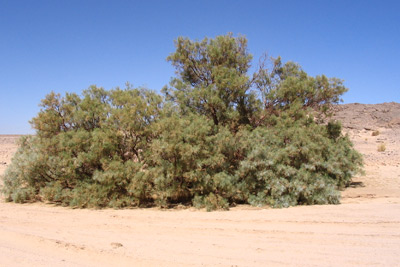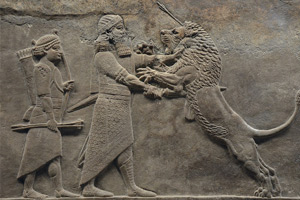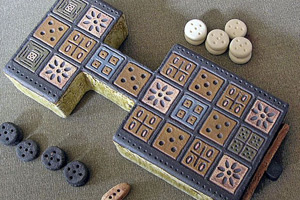
Trees in Sumeria
It is easy to think of Sumeria as a barren land, only kept alive by irrigation canals. In addition to irrigated trees such as date palms, we also find interesting flora such as the tamarisk, juniper and cedar.

Prior to the birth of the Sumerian city states around 3500 BCE, there was no formal education as we know it. Most children would learn from their parents and family, and most jobs would not require any form of structured education. This changed with the birth of writing in Sumeria. As the use of writing increased, for accounting, trade and legal purposes, there was a growing need for scribes who were able to write. Writing Cuneiform in Sumeria involved pressing a reed stylus into a tablet of soft clay.
The training to be a scribe required countless hours of writing exercises. Initially the student would practice forming perfect wedges into the clay (Cuneiform means wedge-shaped). Once they mastered the basics, they would start to copy texts, typically copying down standardised list of words. Many of these tablets have survied, giving us a good indication of how training happened. Sometimes the teacher would write down a list on the back or on one side of the clay tablet, leaving the student to repeat it on the other side. Often the word lists are by theme, e.g. a list of animals. When the student had reached fluency in these texts, they would be expected to write out passages from famous stories, such as the Epic of Gilgamesh.
After 2000 BCE, the main language in Mesopotamia was Akkadian, not Sumerian. Akkadian was also written using Cuneiform, but is a different lingustic group than Sumerian. Akkadian is a semittic language, in the same group as Aramaic, Hebrew and Arabian, whilst Sumerian has no other similar languages. As Sumerian died out as a spoken language in Mesopotamia, it was kept alive by scribes and officials, a bit like Latin is used currently. It was probably a sign of sophistication to be able to understand Sumerian among temple and high officials.
You may also be interested in these articles

It is easy to think of Sumeria as a barren land, only kept alive by irrigation canals. In addition to irrigated trees such as date palms, we also find interesting flora such as the tamarisk, juniper and cedar.

If you have visited the Sumerian section of the British Museum, chances are you have seen the Lion Hunt of Ashurbanipal. It is a series of very impressive wall coverings illustrating the King Ashurbanipal's prowess.

Possibly the oldest board game in existence, and surely the oldest we have rules for, the Game of Ur is a fascinating predecessor to Backgammon. Watch a video on how to play it, and see the original at British Museum.